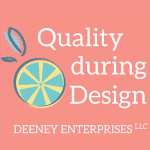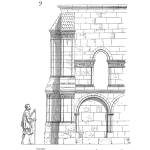
Driving Effective Conversations-Taking the Lead in Working Meetings
As a product designer, you need design inputs. Many of us have communication problems with our cross-functional teams about product ideas which then morph into product development problems later.
What can happen when we are taking the lead in working meetings, to get the information we need for design?
In this episode, we unravel the importance of communication and self-advocacy in the realm of product design. In our chat, we share how to take the lead in working meetings with cross-functional teams to get design inputs. Learn the art of preparation, involvement, maintaining an open mind, and making the most of the knowledge gained.
Let’s dig into the power of active communication and how it can not only resolve issues but also enhance outcomes for all parties involved. This episode is a unique blend of design engineering, self-advocacy, and quality during the design process. Tune in, absorb, and apply these insights to your professional journey.










 Ask a question or send along a comment.
Please login to view and use the contact form.
Ask a question or send along a comment.
Please login to view and use the contact form.